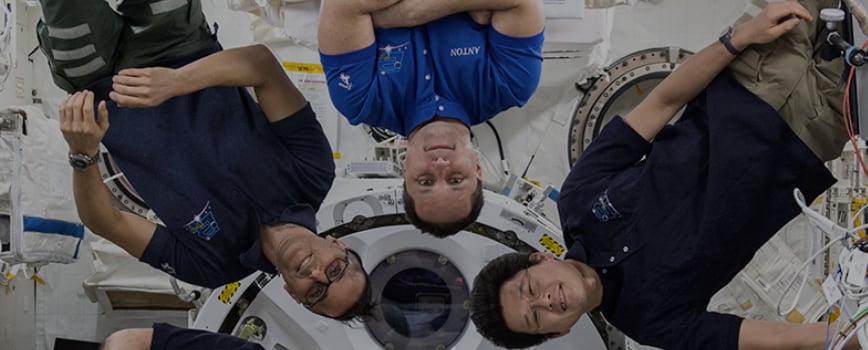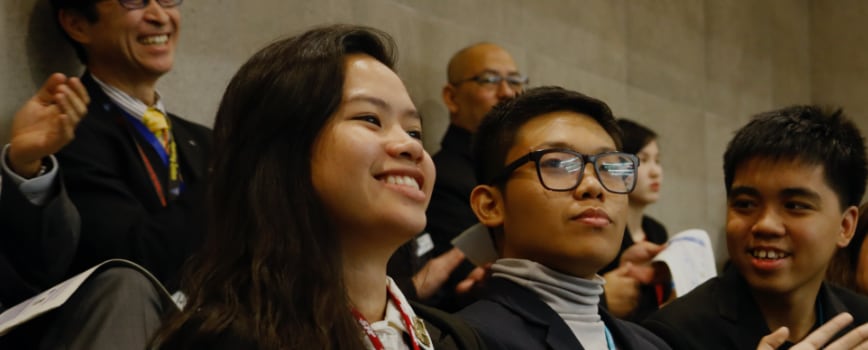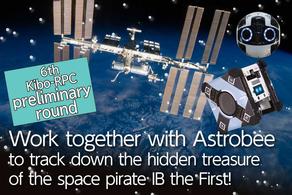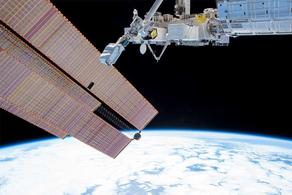2023.12.26
- Announcements
The Asian Try Zero-G 2023 flight items were launched!
- Experiment at Kibo
- Kibo Utilization Office for Asia (KUOA)
Preparation of Flight Items
The Asian Try Zero-G 2023 experiment will be conducted in the Japanese Experiment Module “Kibo” of the International Space Station (ISS), and items that are not on board the ISS were launched and transported by rocket. They prepared the necessary items for the 16 experiment proposals chosen at the Asian Try Zero-G 2023 in August 2023. The items sent to the ISS are called flight items, and the same items as the flight items for verification on the ground are called ground items.
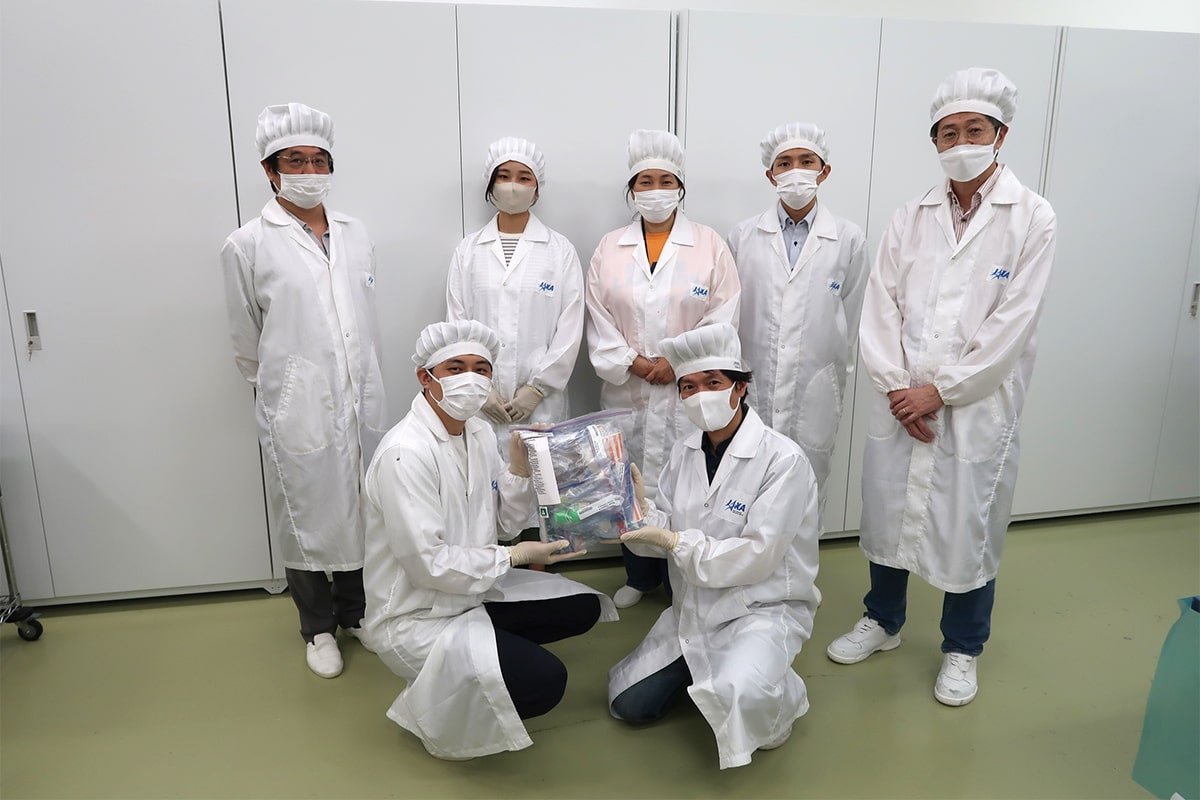
Some of the flight items were prepared by the applicants and sent to JAXA, while the rest were prepared by JAXA. Once all the flight items are in place, they are customized for launch on a rocket and for the use of ISS, but there are many steps involved in customizing the items into flight items.
Weighing
It is important to measure data for the entire cargo to be placed on that launch vehicle, because an unbalanced center of gravity of the entire cargo could affect the launch trajectory of the rocket. Even though all flight items for Asian Try Zero-G 2023 are light, JAXA measured the size and weight of each item at the Tsukuba Space Center (TKSC).
Item Labeling
All items used in the experiment were designated with a name for on-orbit operations called OpNom. Because of the large number of items in the ISS, one must search among them for the items, tools, and equipment needed for a particular task. In order to avoid time-consuming searches and the use of incorrect items, the ISS has a standardized name for items that are specific to on-orbit operations: OpNom.
We also assigned OpNom to the items required for this Asian Try Zero-G 2023, and affixed labels with OpNom to all items. This task is also necessary during ISS customization to ensure that labels are affixed in the proper places and that the item names do not confuse the astronauts.
We also assigned OpNom to the items required for this Asian Try Zero-G 2023, and affixed labels with OpNom to all items. This task is also necessary during ISS customization to ensure that labels are affixed in the proper places and that the item names do not confuse the astronauts.
Verification of Safety Requirements
Safety requirements were verified for all flight products. JAXA collected information on materials from each of the product manufacturers and created a Material Identification Usage List (MIUL). This is to verify and inspect whether it is safe to launch by verifying at the material level that it meets ISS safety requirements such as flammability, toxicity, and outgassing. In addition, JAXA identified potentially hazardous conditions during the experiment, studied ways to control those hazardous conditions, and documented the results of these studies in a document called a Safety Assessment Report (SAR). This document was submitted to and approved by JAXA's internal Safety Management Committee.
Among the items to be launched this time are several flight items for which JAXA has arranged laboratory equipment and tools and prepared in order to conduct experiments that meet safety standards and maximize experimental results in consideration of the proposer's testing objectives. The "Finding the shape of Magnetic Field Lines" proposed by Bangladesh is an example of one such work. The purpose of this experiment is to visualize magnetic field lines to compare how the shape of magnetic field lines differ on the ground and in microgravity.
The student proposed using iron powder, but JAXA decided to use magnetic field chips with a larger chip size instead of iron powder because of the risk of astronauts inhaling fine powders such as iron powder if they leak into the Kibo (Figure 2).
The student proposed using iron powder, but JAXA decided to use magnetic field chips with a larger chip size instead of iron powder because of the risk of astronauts inhaling fine powders such as iron powder if they leak into the Kibo (Figure 2).
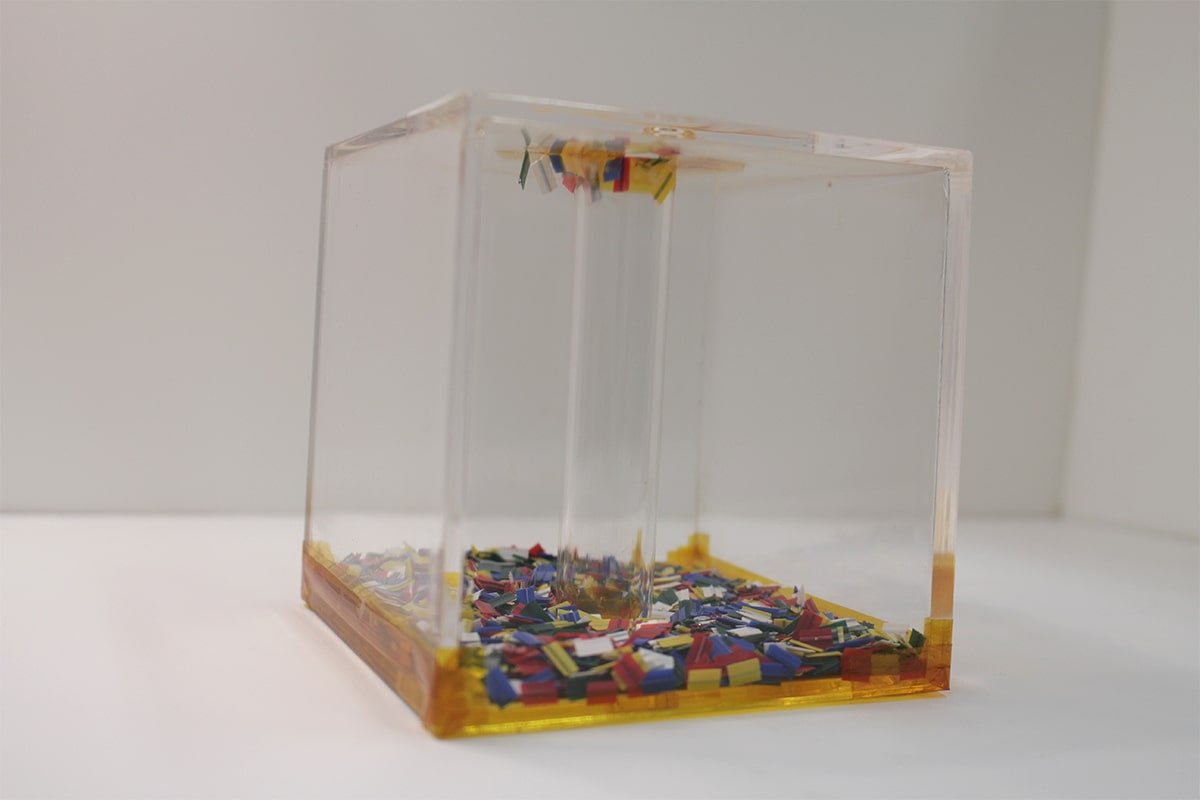
Another example is the "Let us blow" exercise proposed by Taiwan. The students originally planned to use a paper tube for the astronauts, but decided to use a plastic pipe instead because paper tubes can cause problems in terms of transportation handling and strength.
For experiments using water, colored water was used to make the results easier to see, and straws used in the experiments were treated with a water-repellent material.
For experiments using water, colored water was used to make the results easier to see, and straws used in the experiments were treated with a water-repellent material.
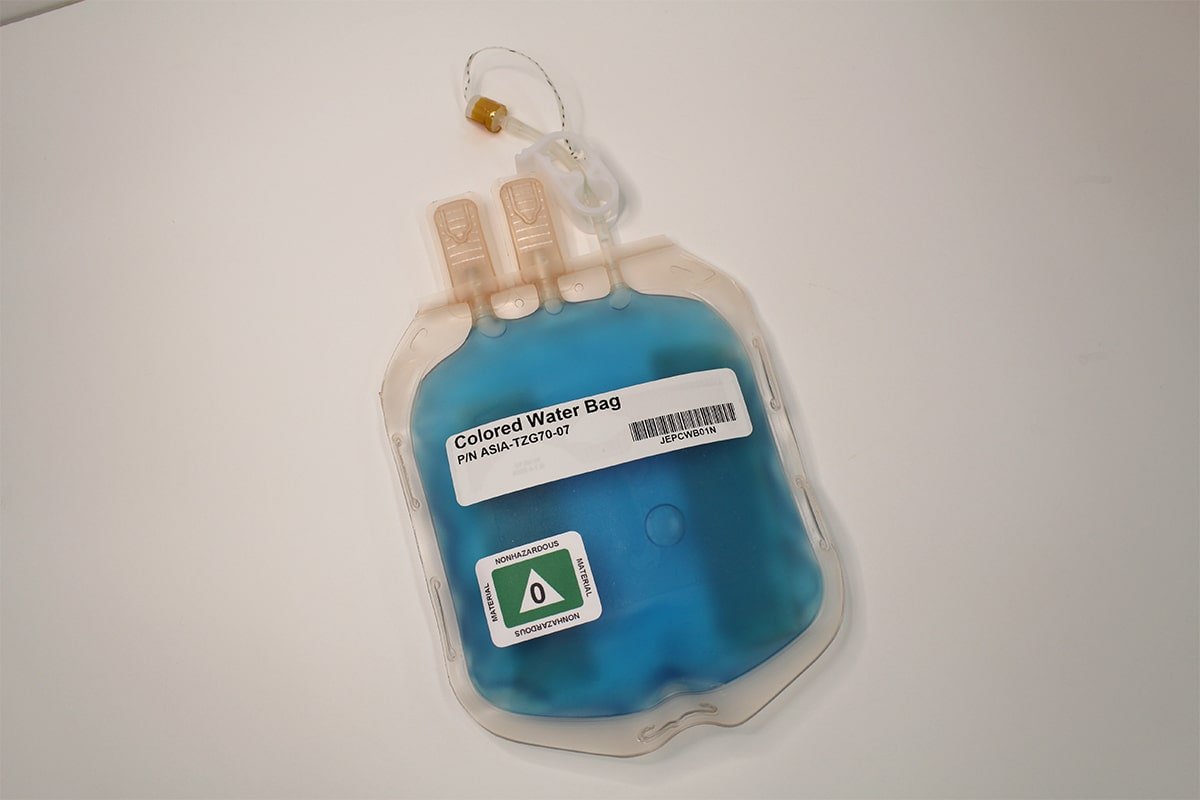
Transport to the ISS
The flight products are transported by rocket to the ISS. This time, the flight items were carried on board a SpaceX Dragon Cargo Vehicle.
On September 15, 2023, flight items were packed at TKSC for delivery to the NASA Johnson Space Center (JSC). The flight items arrived at JSC on September 27, 2023 and were transported to Kennedy Space Center (KSC) for loading onto the SpaceX CSR-29 (SpX-29).
The flight items were launched by SpX-29 on November 10, 2023, and docked to ISS on November 11, 2023. These experiments will be conducted by Astronaut Satoshi Furukawa.
On September 15, 2023, flight items were packed at TKSC for delivery to the NASA Johnson Space Center (JSC). The flight items arrived at JSC on September 27, 2023 and were transported to Kennedy Space Center (KSC) for loading onto the SpaceX CSR-29 (SpX-29).
The flight items were launched by SpX-29 on November 10, 2023, and docked to ISS on November 11, 2023. These experiments will be conducted by Astronaut Satoshi Furukawa.
Unless specified otherwise, rights to all images belong to ©JAXA




